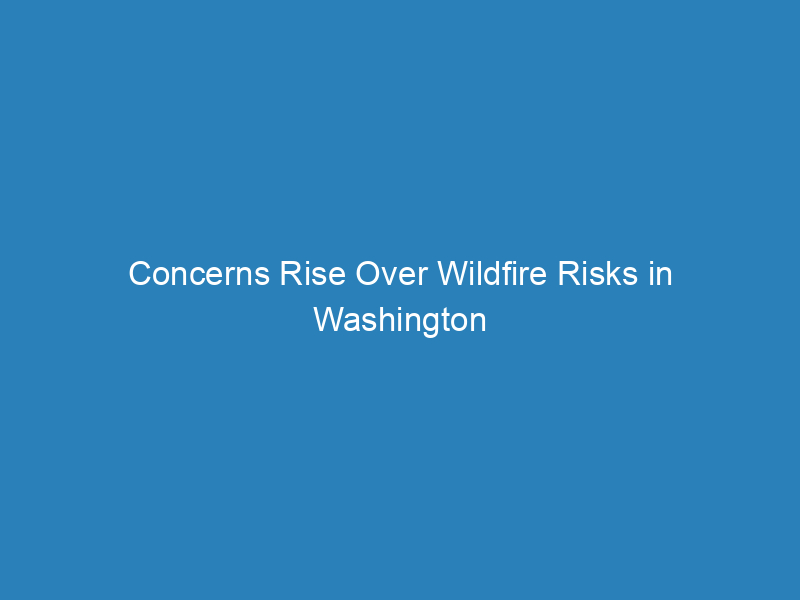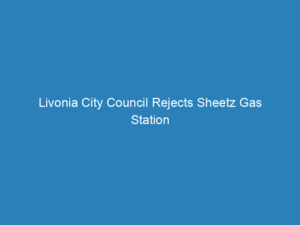
Concerns Rise Over Wildfire Risks in Washington Due to Driest January and Federal Funding Freeze
Winter Weather Warnings Loom Over Washington State
As Washington state confronts its driest January in nearly four decades, concerns are escalating about the potential for a perilous wildfire season ahead. The absence of significant rainfall raises alarms, but an additional worry has emerged: a federal freeze on grants intended for firefighting and mitigation efforts could severely hinder local communities in their preparation for the upcoming season.
Impact of Federal Funding Freeze
Washington’s Commissioner of Public Lands, Dave Upthegrove, has expressed serious concerns regarding an executive order issued by former President Trump. This order could jeopardize essential federal aid, grants, and loans that are crucial for wildfire prevention initiatives across the state.
Initially, the Department of Natural Resources (DNR) feared a significant impact from the freeze, but later clarifications indicated that only certain grants would be affected. Nonetheless, Upthegrove warns that projects aimed at mitigating fire risks—such as removing brush and other fire fuels—could face delays or even cancellation.
Financial Stakes in Wildfire Prevention
According to Upthegrove, investing in wildfire prevention is not merely a budgetary consideration but a matter of public safety. “If we want to prevent these kinds of wildfires, we ought to be investing in that kind of work,” he stated. “It saves money in the long run. It would be shortsighted to pull back funding for that kind of work.”
Historically, Washington spent an average of $24 million annually on wildfire-related efforts between 2010 and 2014. This expenditure surged to $83 million between 2015 and 2019. However, state officials emphasize that they cannot shoulder this financial burden alone.
Importance of Federal Support
Upthegrove underscored the federal government’s crucial role in supporting wildfire prevention efforts in Washington. He articulated concerns about the ramifications of restricting funding: “We’re really concerned about the potential impact of pulling back on some of this funding.”
Recent data from the U.S. Forest Service reveals that the federal government has provided over $50 million in aid to Washington communities and agencies focused on enhancing firefighting and mitigation strategies. Notably, Eastern Washington has received a disproportionately high share of this federal funding, with the Spokane metro area alone acquiring approximately $13.7 million. In contrast, Western Washington, especially coastal and Puget Sound areas, has received comparatively smaller amounts.
Local Funding Examples
- Clallam County was awarded $125,000.
- Snohomish County received $250,000 for developing a wildfire protection plan.
Upthegrove emphasizes that the issue transcends political lines, focusing instead on the importance of ensuring safety across all regions, regardless of their political affiliations. “It’s not about the politics of it; it’s about making sure everyone is safe and that we are funding wildfire prevention work, whether you’re in a blue county or a red county,” he remarked.
He cautioned against the consequences of politicizing funding decisions, stating, “When people play political games with funding like this, it could hurt real people’s lives.”

